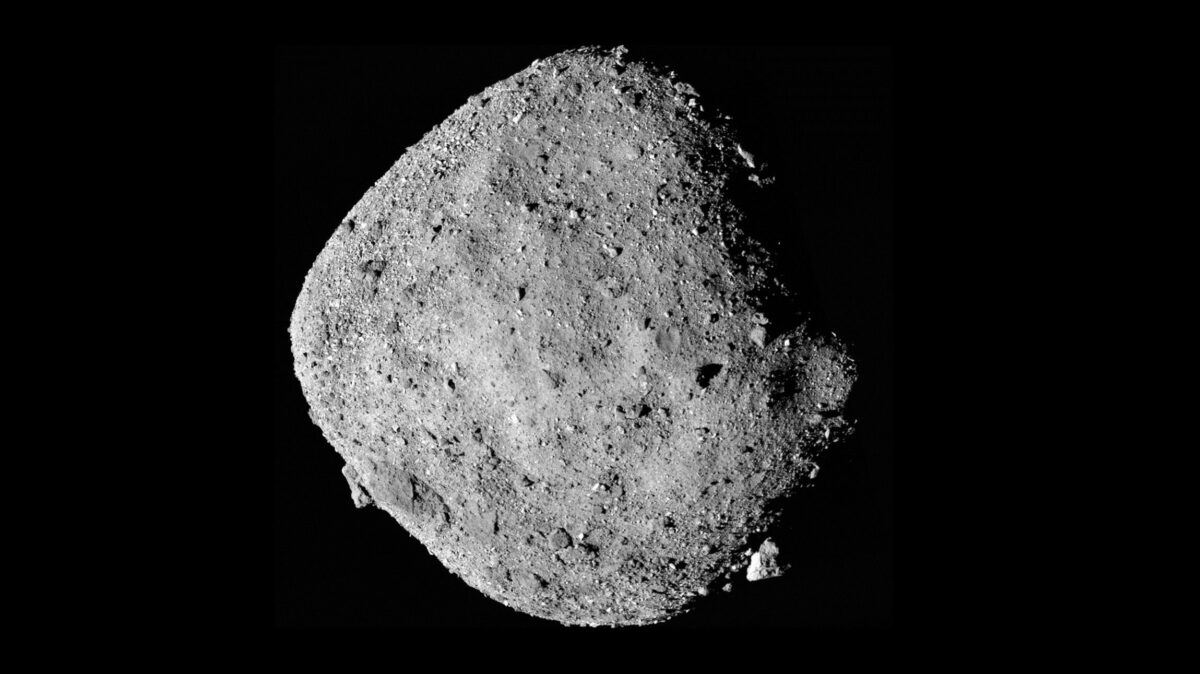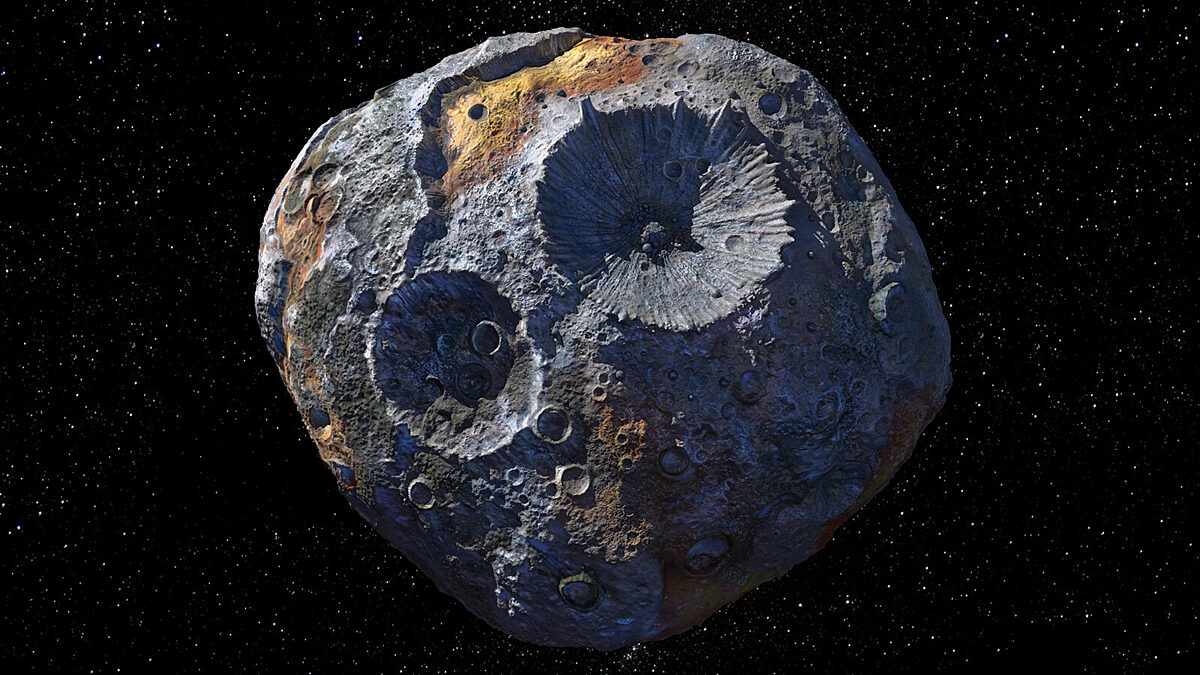Kate Howells • Jun 18, 2024
What are asteroids made of?
Asteroids are small rocky objects that orbit the Sun. They are smaller than planets, although the largest asteroids, such as Ceres, are considered dwarf planets. Based on their composition, asteroids are generally classified into three main types: C-type, S-type, and M-type.
C-type asteroids
Carbonaceous or C-type asteroids are dark in appearance and made mostly of clay and silicate rocks. About 75% of known asteroids are carbonaceous. They are called carbonaceous because they contain organic carbon. They can also contain water ice and other materials similar to the primordial matter that formed the Solar System. C-type asteroids are found mostly in the outer regions of the asteroid belt. A prominent example of a carbonaceous asteroid is Bennu, the near-Earth asteroid visited by the OSIRIS-REx sample return mission.

S-type asteroids
The second-most common type of asteroid is the siliceous or S-type. These asteroids are made mostly of stony materials like silicate and nickel-iron, which are also found in the crusts and mantles of rocky planets. Most S-type asteroids are found in the inner asteroid belt. A notable siliceous asteroid is Eros, the first discovered and second-largest near-Earth asteroid.

M-type asteroids
The third major group of asteroids is the metallic or M-type group. They are made mostly of metallic iron and nickel and are thought to be the source of metallic meteorites. There are differences among M-types based on how far from the Sun they formed. Some have iron cores because they experienced high temperatures after they formed and partly melted, causing iron to sink to the center. Other metallic asteroids are thought to have originally been the metallic cores of planetesimals before those planetesimals had their mantles stripped off through collisions early in the Solar System’s history. Psyche is a metallic asteroid, and NASA’s Psyche mission is en route to discover what it can about the asteroid’s composition and possible history.
Why do we study asteroid composition?
Asteroid composition is important because it can teach us about the early Solar System. All of the planets and moons we know of have changed since their initial formation, with their surfaces dramatically reshaped by processes like volcanism, erosion, and tectonics. Asteroids and comets, by contrast, can offer pristine records of the early Solar System.
By studying what asteroids are made of, we can learn about the building blocks of planets, how the Solar System has changed over time, and even how Earth itself evolved over time. For example, an analysis of samples of the asteroid Ryugu returned to Earth by Japan’s Hayabusa2 mission showed that water locked in the asteroid’s rocksis similar to water found in Earth’s oceans. Chondrite meteorites coming from C-type asteroids like Ryugu could have brought Earth much of its water.
Asteroid composition is also important to study if we want to protect ourselves from asteroid impacts. Knowing whether an incoming asteroid is dense and metallic or a loose, rocky rubble pile would have a huge effect on how we try to deflect it.
Support our core enterprises
Your support powers our mission to explore worlds, find life, and defend Earth. You make all the difference when you make a gift. Give today!
Donate

 Explore Worlds
Explore Worlds Find Life
Find Life Defend Earth
Defend Earth


